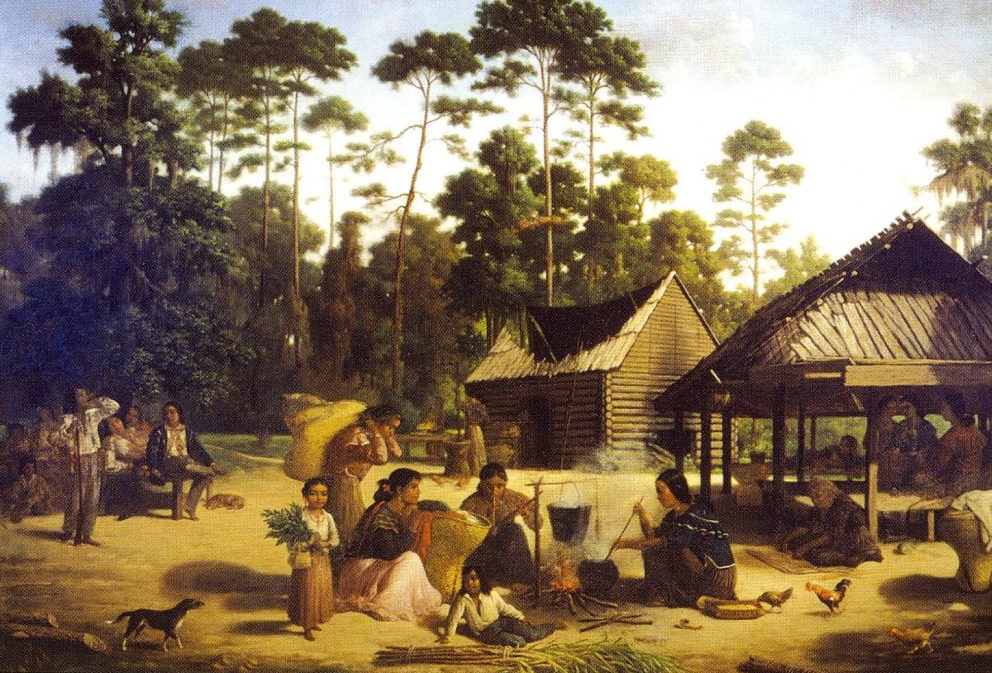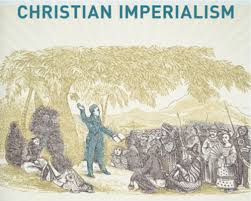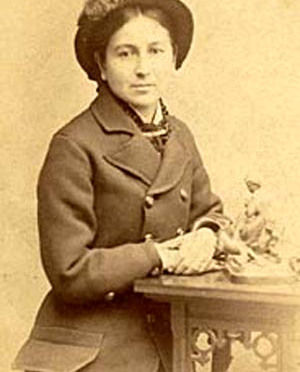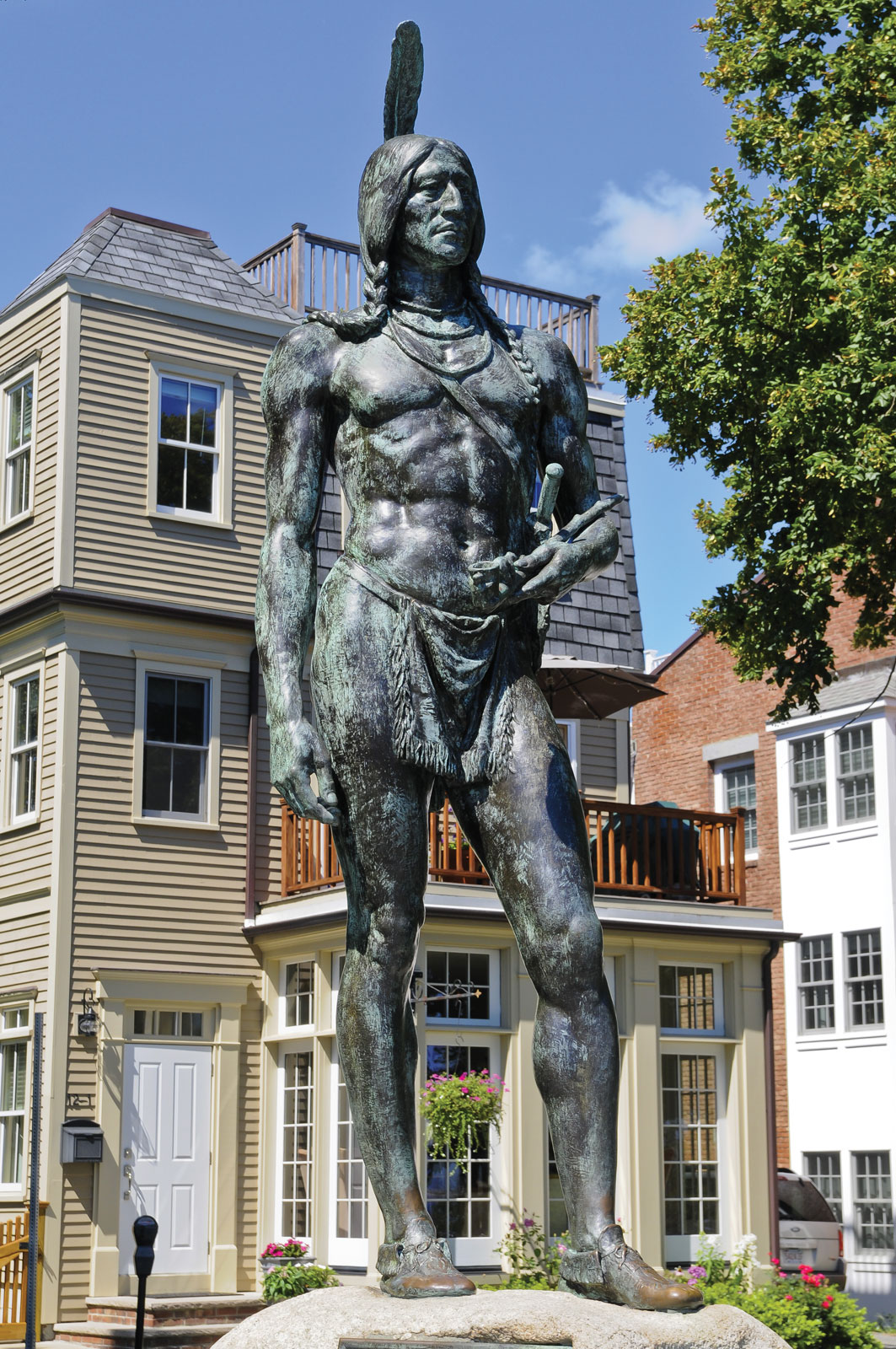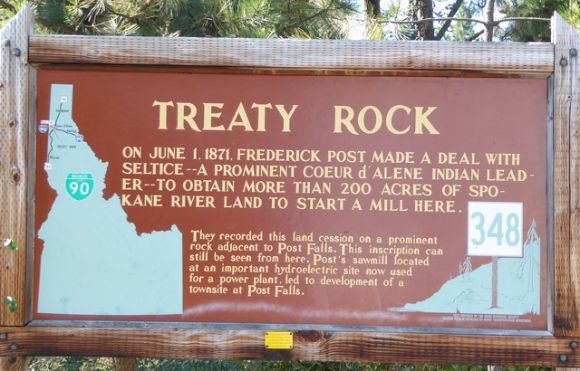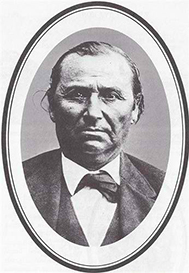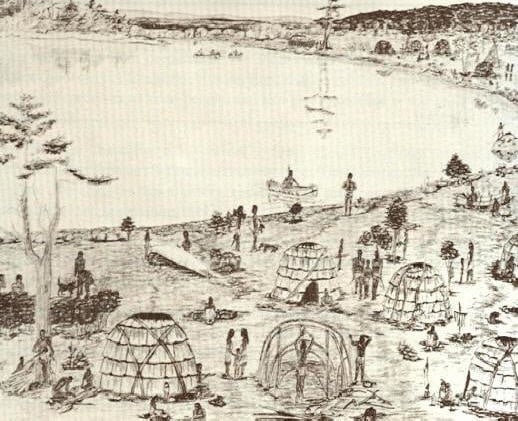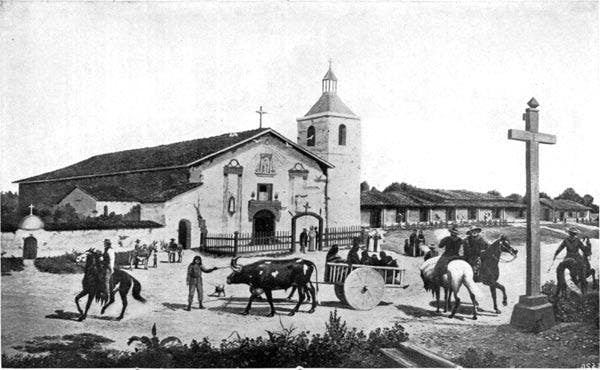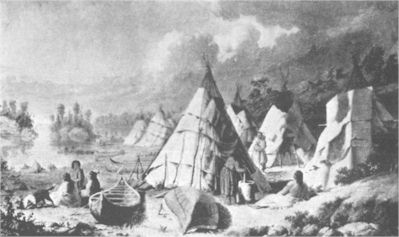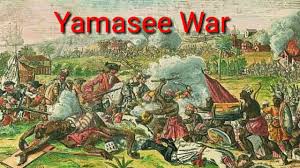The Cherokee in 1817
When the Europeans began their invasion of the Americas, the Cherokee were an agricultural people whose villages could be found throughout the American Southeast. By the first part of the nineteenth century, the Cherokees had had enough experience in dealing with the American government that they understood that they needed to have a unified government. … Continued
